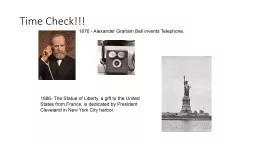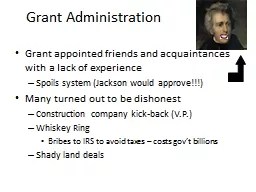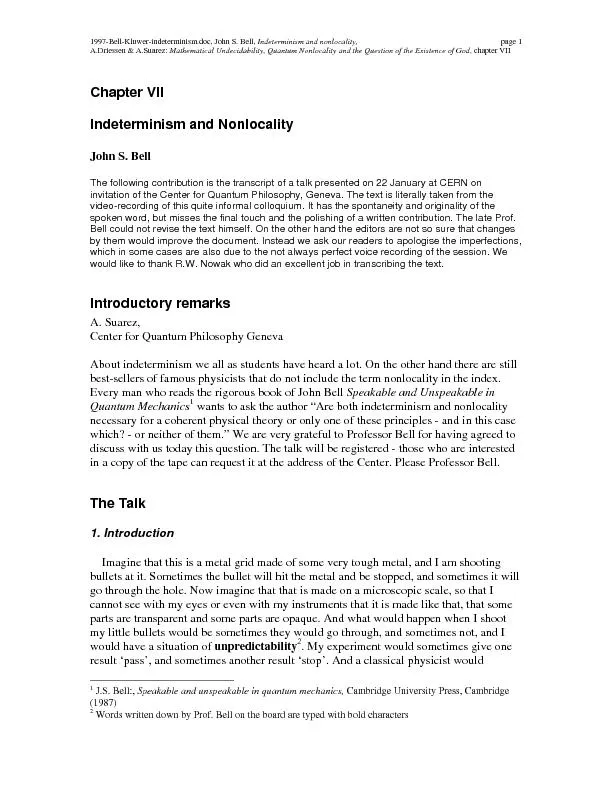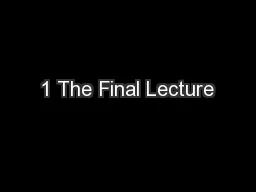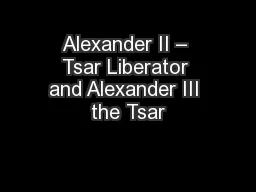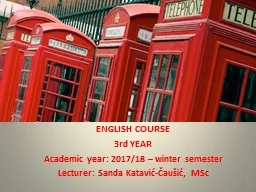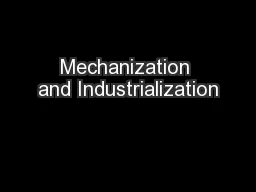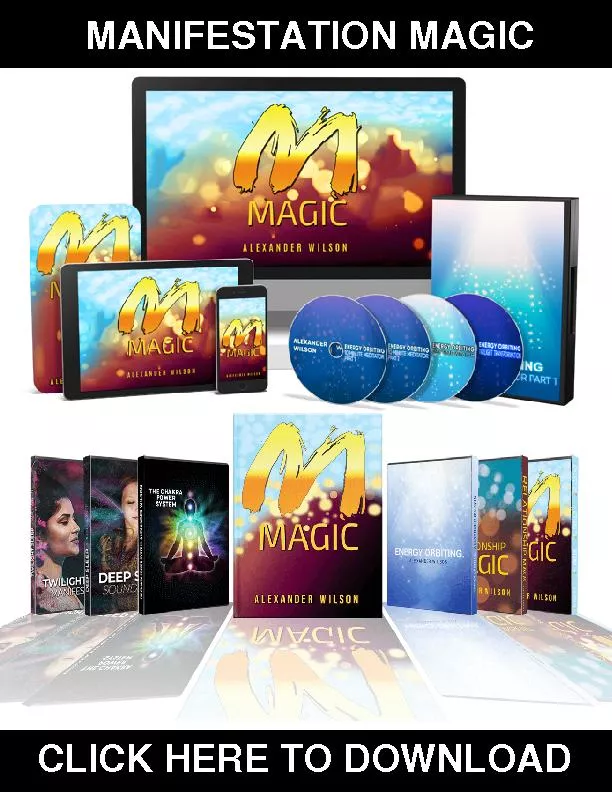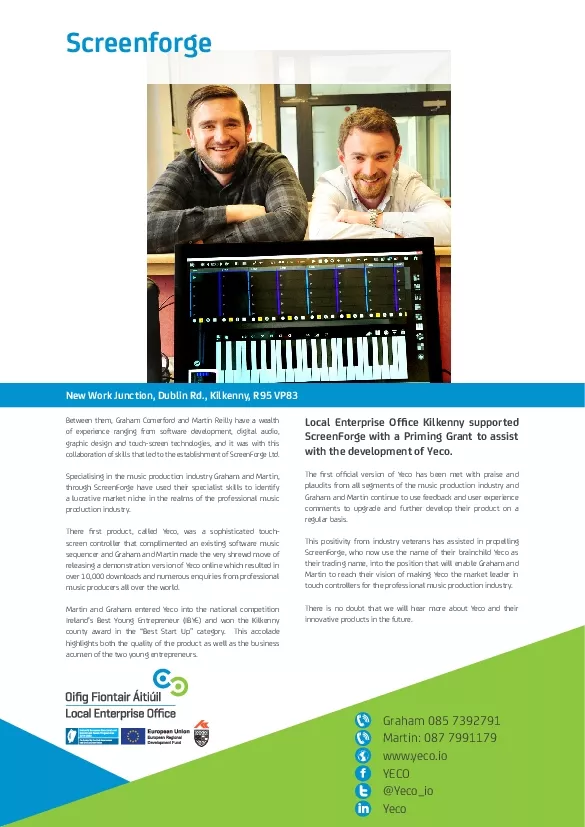PPT-Time Check!!! 1876 - Alexander Graham Bell invents Telephone.
Author : karlyn-bohler | Published Date : 2019-06-29
1886 The Statue of Liberty a gift to the United States from France is dedicated by President Cleveland in New York City harbor Broadway New York City 1881 Thomas
Presentation Embed Code
Download Presentation
Download Presentation The PPT/PDF document "Time Check!!! 1876 - Alexander Graham Be..." is the property of its rightful owner. Permission is granted to download and print the materials on this website for personal, non-commercial use only, and to display it on your personal computer provided you do not modify the materials and that you retain all copyright notices contained in the materials. By downloading content from our website, you accept the terms of this agreement.
Time Check!!! 1876 - Alexander Graham Bell invents Telephone.: Transcript
Download Rules Of Document
"Time Check!!! 1876 - Alexander Graham Bell invents Telephone."The content belongs to its owner. You may download and print it for personal use, without modification, and keep all copyright notices. By downloading, you agree to these terms.
Related Documents

